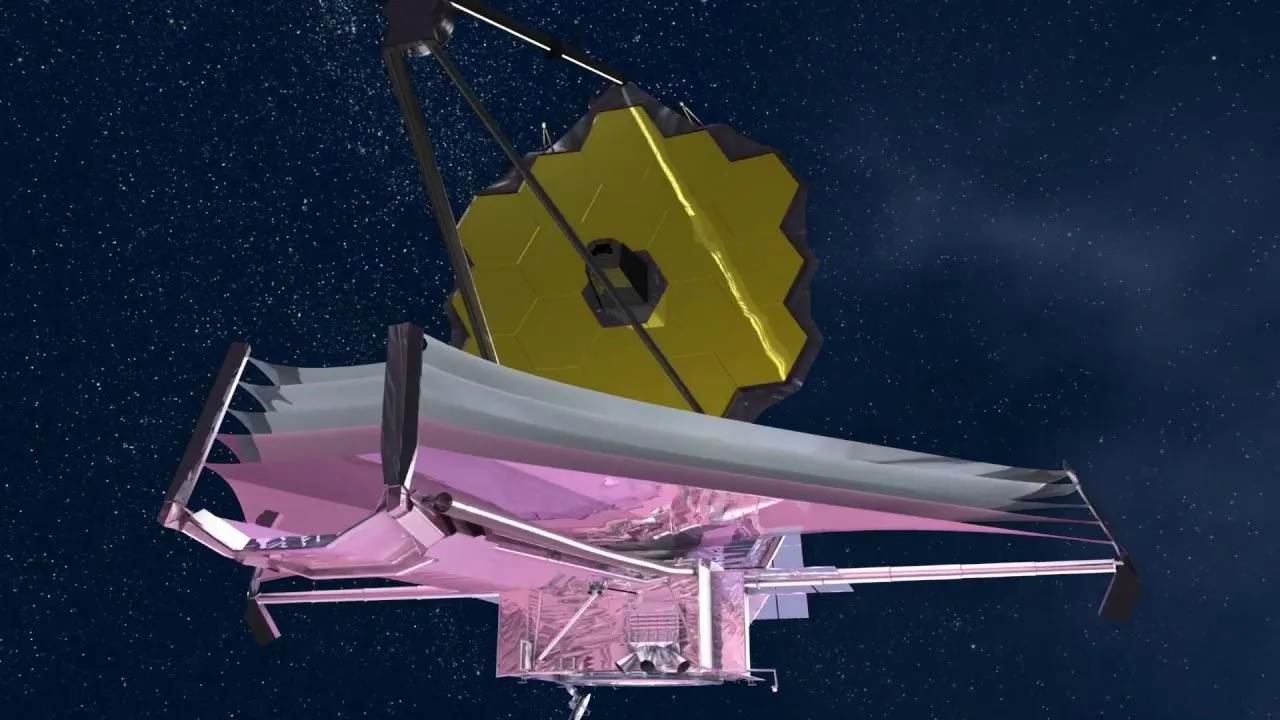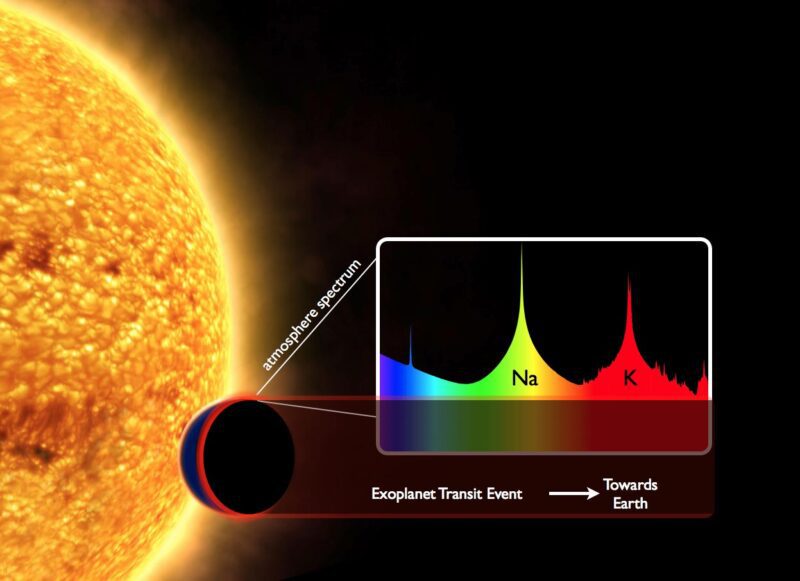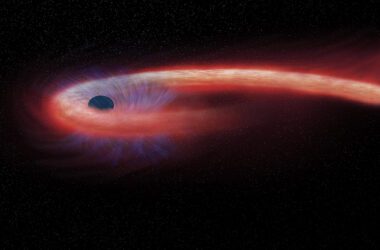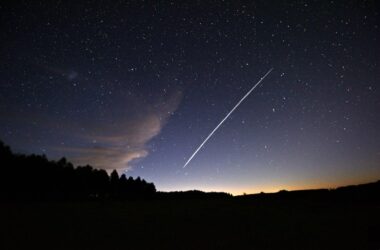
Le télescope spatial James Webb de la NASA est le successeur du télescope spatial Hubble, l’observatoire scientifique infrarouge le plus puissant jamais envoyé dans l’espace. Depuis son orbite à près d’un million de kilomètres de la Terre, Webb étudiera certains des objets les plus éloignés de l’univers. Crédit : NASA
L’équipe du télescope spatial Webb poursuit la mise en service des 17 modes d’instruments scientifiques. Elle a récemment demandé à Nathalie Ouellette de l’Université de Montréal de donner plus de détails sur les modes de l’imageur et spectrographe sans fente dans le proche infrarouge (NIRISS), l’instrument scientifique canadien du Webb.
“NIRISS sera capable de capturer à la fois des images et des spectres de différents types d’objets célestes dans la lumière du proche infrarouge, à des longueurs d’onde allant jusqu’à 5,0 microns. L’équipe de NIRISS a développé quatre modes d’instrumentation pour collecter différents types de données qui sont bien adaptés à différentes cibles et objectifs scientifiques.

Avec le mode SOSS, l’instrument NIRISS sera capable d’étudier les atmosphères des exoplanètes lorsqu’elles passent devant leur étoile en utilisant une technique appelée spectroscopie de transit. Le spectre observé par NIRISS agira comme un code-barres extraterrestre, indiquant la présence de certains atomes et molécules. L’illustration ci-dessus montre comment les caractéristiques d’absorption dues au sodium (Na) et au potassium (K) sont visibles dans le spectre de la lumière visible. Les observations de la lumière infrarouge de Webb seront sensibles à d’autres caractéristiques telles que la vapeur d’eau, le dioxyde de carbone et le méthane. Crédit : Observatoire européen austral
Spectroscopie sans fente à objet unique (SOSS)
“Le mode SOSS de NIRISS permet au télescope Webb d’obtenir des spectres de haute précision d’un seul objet brillant à la fois. Ce mode est optimisé pour effectuer des observations de séries temporelles, qui sont idéales pour étudier un phénomène qui change au cours d’une observation qui dure généralement plusieurs heures, comme un exoplanet transiting in front of its host star.
“Using a technique called transit spectroscopy, the NIRISS instrument can collect a spectrum of an exoplanet’s atmosphere, which contains different markers that allow astronomers to determine its composition, temperature, potential habitability signatures, and other important characteristics.

These simulated images show the galaxy cluster MACS J0416.1-2403 as it could look when observed with NIRISS in WFSS mode. Left: This is a simulation of a direct image of the cluster using only the F115W filter (no dispersion). Galaxies are seen as dots or blobs throughout. Credit: Chris Willott/National Research Council Canada, Herzberg Astronomy and Astrophysics Research Centre

The dispersed image of the cluster as seen with the F115W filter and the GR150C grism. Individual spectra appear as the corresponding galaxy smeared horizontally. Credit: Chris Willott/National Research Council Canada, Herzberg Astronomy and Astrophysics Research Centre

The dispersed image of the cluster as seen with the F115W filter and the GR150R grism (orthogonal to the GR150C grism used in the middle image). Individual spectra appear as the corresponding galaxy smeared vertically. One galaxy and its corresponding spectra are circled in blue in the images. Credit: Chris Willott/National Research Council Canada, Herzberg Astronomy and Astrophysics Research Centre
Wide Field Slitless Spectroscopy (WFSS)
“The WFSS mode on NIRISS allows Webb to obtain spectra but for thousands of objects, such as galaxies, at the same time over the detector’s entire field of view (4.84 arcmin2). The spectra of thousands of galaxies will enable measurement of their distances, ages, and other physical parameters to trace how galaxies evolve over the lifetime of the universe. In the simulated example shown in the figure, the galaxy cluster acts like a cosmic lens that magnifies and stretches the images of faint background galaxies, so they can be studied in even greater detail.
“Since NIRISS can collect so many spectra at a time using the WFSS mode, individual spectra can overlap if their sources are too close. There are thus two orthogonal grisms, GR150C and GR150R, that can produce spectra horizontally and vertically, respectively, which helps to disentangle blended spectra from different galaxies.

A prototype of a mask used in the Canadian NIRISS instrument in AMI mode, showing the layout of the seven hexagonal holes in the mask with respect to the Webb primary mirror segments and secondary mirror supports. Credit: Anand Sivaramakrishnan/Space Telescope Science Institute
Aperture Masking Interferometry (AMI)
“The AMI mode on NIRISS allows Webb to study objects that are very close together on the sky, using a special technique called interferometry. A mask inside the instrument allows light from only certain parts of the primary mirror to pass through. Astronomers can increase the resolution of the telescope by a factor of nearly 2.5 by looking at the patterns created as the carefully chosen beams of light interfere with each other. This allows two objects that are close to each other that would otherwise look like a single blurred point, like an exoplanet orbiting a star, to appear as two distinct points of light in a Webb image. The mask blocks out a large portion of the light, so the observed objects must be bright in order to detect them. The AMI mode will be used to observe exoplanets, brown dwarfs, and protoplanetary disks. This is the first time that such a mask is being used in space.
NIRISS Imaging
“Because of the importance of near-infrared imaging to Webb’s scientific success, NIRISS includes an imaging capability that functions as a backup to NIRCam imaging. This capability can be used in parallel, with NIRCam and NIRISS simultaneously taking images of two closely separated fields of view, imaging a larger area of an extended source.”
— Nathalie Ouellette, Webb outreach scientist, Université de Montréal
Written by Jonathan Gardner, Webb deputy senior project scientist, NASA’s Goddard Space Flight Center.



